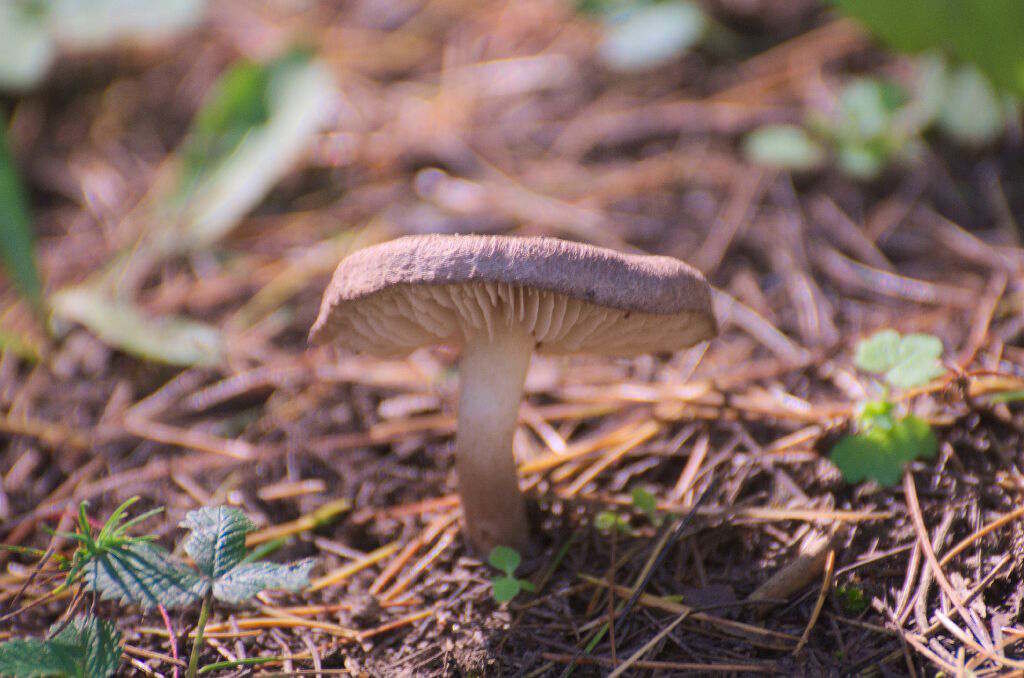
Amanita spp
Amanita spp is a genus of fungi known for its striking appearance, ecological importance, and—in some cases—its potent toxicity. Found across various temperate forests of the Great Himalayan National Park (GHNP), species from this genus are easily recognizable by their umbrella-shaped caps, often adorned with warts or scales, and their distinct stems with a bulbous base. While some species like Amanita muscaria (the fly agaric) are famous for their vivid coloration and psychoactive compounds, others like Amanita phalloides (the death cap) are known for their lethal toxicity.
Ecological Role
In the GHNP, Amanita species serve a vital ecological function. Many are ectomycorrhizal fungi, meaning they form a symbiotic relationship with the roots of trees, particularly conifers and hardwoods. This relationship allows trees to absorb water and essential nutrients such as nitrogen and phosphorus more efficiently, while the fungus receives carbohydrates from the host plant. These interactions are crucial for forest health, especially in the nutrient-poor soils of high-altitude Himalayan ecosystems.
Diversity and Habitat
Amanita spp can be found thriving in moist forest floors, beneath oak, pine, and fir trees, particularly during the monsoon and early autumn months. Their fruiting bodies emerge prominently after rainfall, making them easier to spot during biodiversity surveys and mushroom foraging walks. GHNP’s elevation gradients and mixed forest types offer a suitable environment for several Amanita species to flourish.
Caution and Conservation
While beautiful, many Amanita species are highly toxic and should never be consumed without expert identification. Accidental ingestion of toxic Amanitas has led to fatal poisonings worldwide. Therefore, public awareness and education are essential to prevent misuse.
Despite their dangerous reputation, Amanita fungi are key indicators of forest health and play an essential role in ecosystem functioning. Their presence signals a thriving, undisturbed forest environment, which underscores the importance of preserving fungal diversity within conservation areas like GHNP.
Conclusion
In summary, Amanita spp is not just a genus of striking and sometimes deadly mushrooms—they are also fundamental players in the Great Himalayan National Park’s ecosystem. Through their symbiotic relationships with trees, they help maintain the forest’s vitality and resilience. Their existence within GHNP is a testament to the ecological richness of this protected area, reminding us that even the smallest organisms can have a profound impact on the health of our natural world. Proper research, conservation, and public awareness are essential to ensure these fungi continue to support the park’s biodiversity for generations to come.



